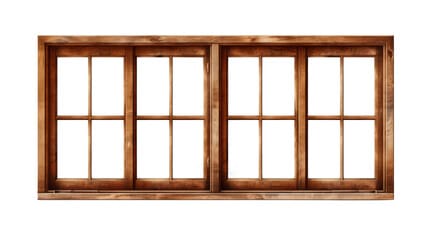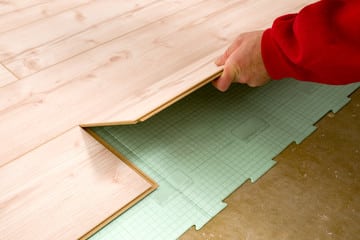Replacing an old floor can be a complex task, requiring careful planning and an understanding of the different options available. In this article, we explore the key steps to successfully replacing your old floor, as well as some practical solutions and tips to help you choose the best approach.
Evaluate the condition of the existing floor
The first thing to do before planning to replace your floor is to assess its current condition. Take the time to check if the following elements are present:
- Excessive wear or irregularities on the surface
- Ineffective prior repairs
- Presence of wood-eating insects or mold
- Structural problems, such as damaged joists
If you notice one or more of the problems above, it’s probably time to replace your floor. Note, however, that a simple repair or renovation could be sufficient if the damage is not too severe.
Choose the right materials
The choice of materials for your new floor will depend on different factors, such as your aesthetic preferences, your budget and the constraints linked to the use of the room. Here is an overview of the most common options:
Parquet
Parquet is an elegant and durable solution, offering a wide variety of wood species and finishes. The boards can be nailed or glued, depending on the type of installation chosen. However, it is important to consider installation and maintenance costs, which can be higher than other materials.
Laminate and vinyl coverings
Laminate and vinyl floors have the advantage of being less expensive than parquet while offering a similar aesthetic result. They are also easy to install and maintain. Their water resistance can vary between models, so it is worth checking this feature if you plan to install them in a damp room.
Tiles
Tiling is a very resistant and easy-to-maintain option, particularly suitable for damp rooms such as the kitchen or bathroom. You have the choice between various materials (ceramic, porcelain stoneware, etc.) and styles to personalize your floor. However, laying tiling requires certain technical skills and can be more expensive than other solutions.
Prepare the site
Before starting floor replacement work, it is essential to properly prepare the site to avoid any subsequent problems. This phase involves the following steps:
- Moving furniture and objects from the room
- Removal of old coverings and thorough cleaning of the floor
- Checking for the absence of excessive humidity, which could cause rapid damage to the new floor
- Checking the condition of the joists and replacing them if necessary
- Installation of an insulating and/or acoustic underlay, depending on needs
Call a professional or carry out the work yourself?
The answer to this question will depend on your skill level and the extent of the work to be done. If you have the necessary skills and believe you can complete the project successfully, it is possible to replace your floor at a lower cost. However, if you are not sure of your abilities or if the work is complex (glued installation, tiling, etc.), it is generally recommended to use the services of a professional.
Advantages of calling on a professional:
- Technical expertise and personalized advice
- Guarantee of quality of work
- Speed of execution
- Possibility of benefiting from certain financial aid
In short, replacing an old floor requires rigorous organization and good knowledge of the solutions available. Take the time to carefully assess your needs and your budget before embarking on this project. Whatever option you choose, do not hesitate to consult professionals to obtain the best advice.







